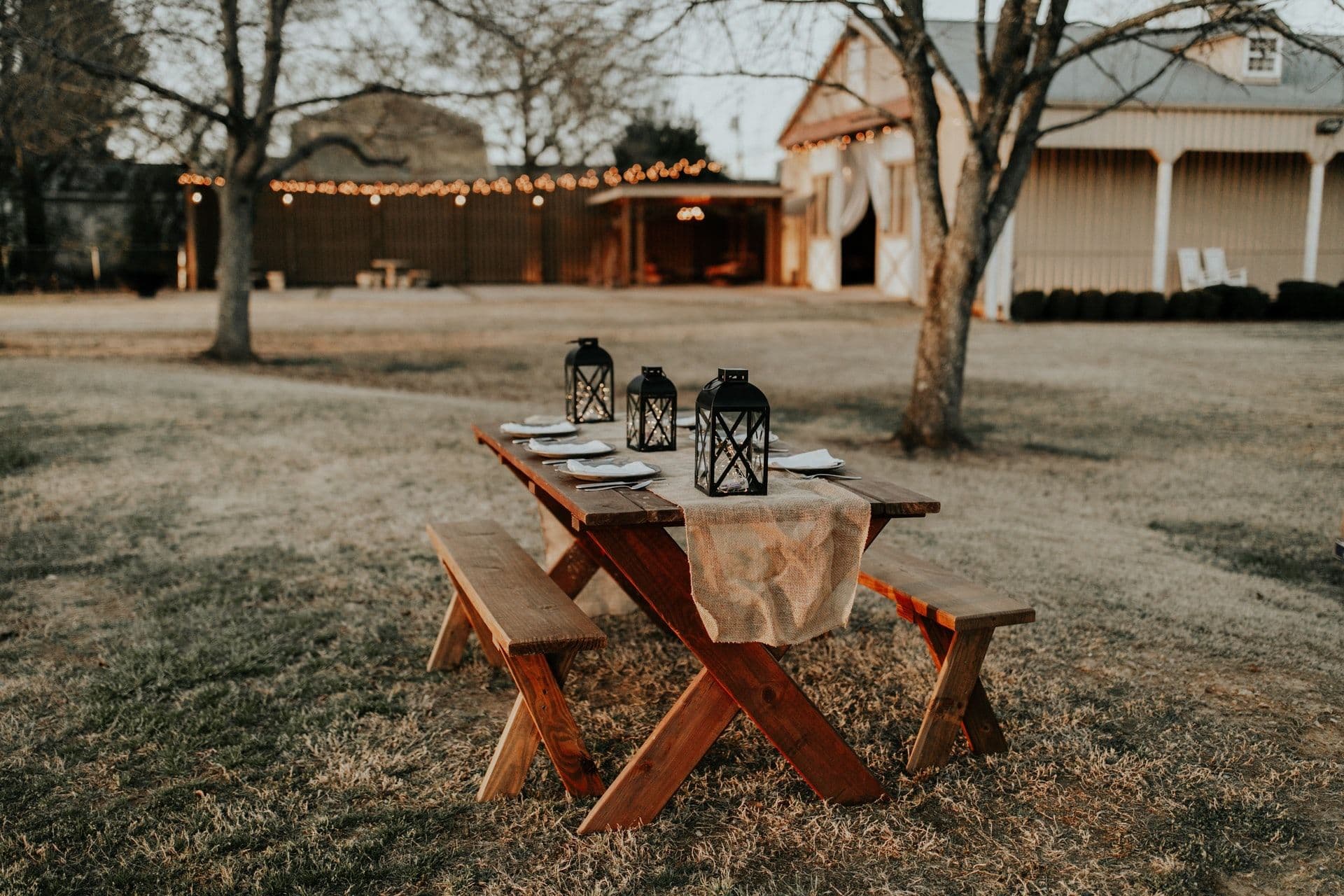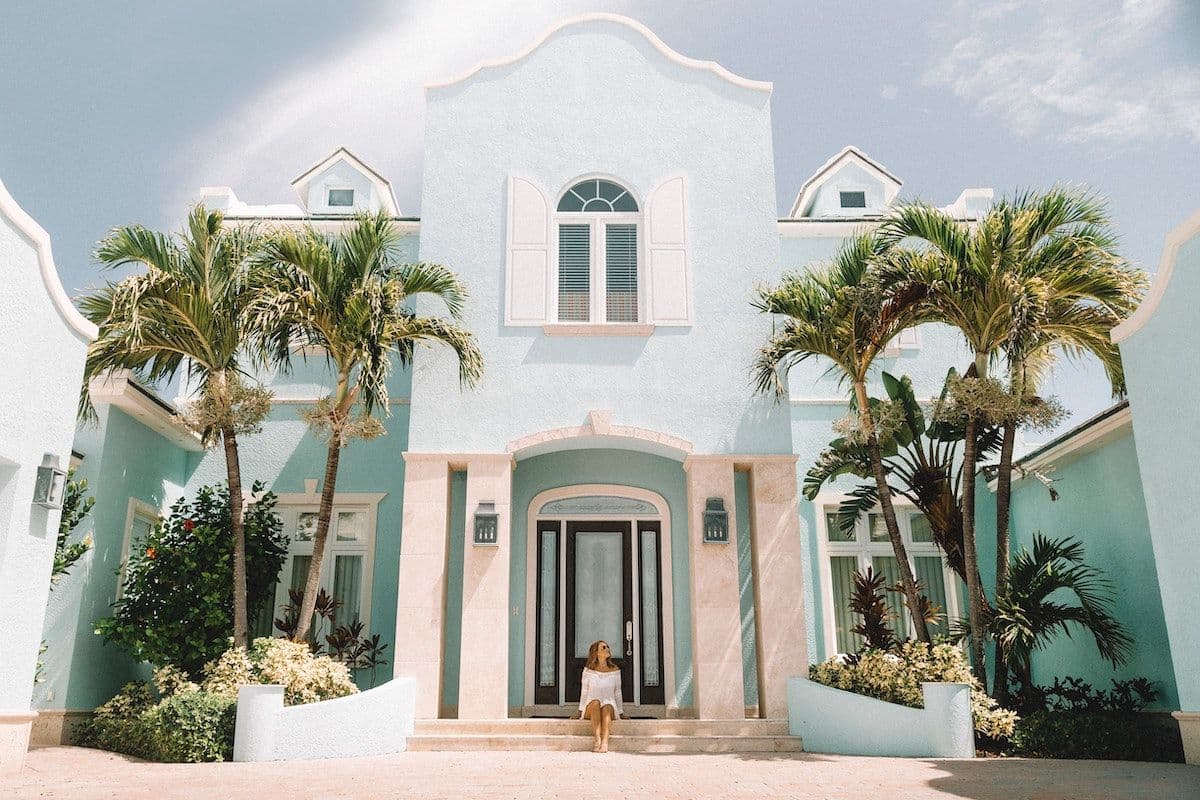What are USDA Loans?

USDA loans are an option that is often overlooked but provides spectacular benefits to qualified homebuyers. Seriously, you don’t even have to be a farmer to reap the benefits!
In an effort to promote and sustain home ownership in smaller towns and rural America, the U.S. Department of Agriculture (USDA) created a home loan program with competitive interest rates that requires no down payment. Millions of homeowners throughout the country have turned to USDA loans to realize their American dream.
Saving for a down payment is daunting– and for a lot of Americans it can feel downright unattainable. USDA loans alleviate the stress and time required to save for a down payment by eliminating the down payment altogether.
Being able to purchase a new home without making a down payment in areas deemed eligible by USDA helps keep the population of these areas from fleeing to more populated areas. Maintaining and supporting rural populations is a core function of the USDA loan.
USDA Loan Overview
The history and origins of the USDA loan may interest some, but for most the only pertinent bits of information are:
· How do USDA loans work?
· Am I eligible for a USDA loan?
· Why should I get a USDA loan?
Read on for the answers to all your USDA questions!
How do USDA loans work?
Please endure a bit of technical talk to set the stage for how and why USDA loans are so great.
The recurring theme and primary feature of USDA loans is No Down Payment. To encourage homeownership in rural America’s small towns and suburbs, the USDA needed to address income disparity and the financial ability to save money to buy a home. We’ve all heard statistics thrown around about how few U.S. households can afford even a $400 emergency expense. Saving thousands of dollars to make a down payment on a house is all but impossible for many American families.
To offer mortgage loans with no down payment, mortgage lenders need assurance from USDA that should the homeowner default, the lender is protected. USDA provides the assurance by collecting premiums on every USDA loan. An upfront premium is financed into your new loan, and an annual premium is paid monthly as part of your house payment.
The two premiums, or guarantee fees, are how USDA loans work. The revenue generated sustains the USDA home loan program and allows homeownership in eligible areas to remain attainable.
Am I eligible for a USDA loan?
First, check your location
USDA loan eligibility is not the same as qualifying for a mortgage. While a mortgage lender will determine if you qualify from an underwriting perspective (credit, employment, etc.), USDA loan eligibility refers to meeting the USDA income requirements and finding a home in a USDA eligible area.
USDA has population limits on where it will permit homebuyers to use the USDA loan program. Fortunately, the USDA website has a handy lookup tool that can be used while shopping for your new home. Some locations will quite obviously be eligible. However, there are many eligible areas that are somewhat surprising at first glance. Use the USDA lookup tool to your advantage before you rule out any particular area… but don’t expect an urban walk score oasis!
Income threshold
The USDA has limited resources allocated to guarantee USDA loans. Since the intended purpose of the USDA loan program is to assist families who are unable to save for a down payment to become homeowners, there are annual household income limits. Income limits vary by location, but a CEO of a tech company likely cannot use a no money down USDA loan to buy an estate on the outskirts of town.
Like it does with location, the USDA website has an income lookup tool. Using it is an important first step when considering a USDA loan. If your income is too high, USDA might not be an option. However, if you meet USDA income requirements, excitement is warranted. A USDA loan could save you thousands versus a comparable FHA loan.
Why should I get a USDA loan?
Now for the good stuff. Let’s look at how great USDA loans really are.
First, the process for obtaining USDA financing is similar to any other mortgage. Like FHA and VA approved lenders, mortgage lenders must be approved by USDA in order to offer them. You apply for one just like any other mortgage loan. In fact, a good mortgage originator will walk you through your options and ensure that a USDA loan is indeed the best option. As you’re about to see, it often is.
USDA vs FHA side-by-side
Tangibly, how do USDA loans stack up against FHA? Here are the numbers using a $180,000 home purchase with a 4% interest rate for 30 years:
| USDA | FHA | Advantage | |
|---|---|---|---|
| Purchase Price | $180,000 | $180,000 | |
| Down Payment | $0 | $6,300 | USDA +$6,300 |
| Upfront MIP (financed) | $1,818 | $3,039 | USDA +$1,221 |
| Annual MIP (included in payment) | $53 x 12 = $636 | $122 x 12 = $1,464 | USDA +$828 (first year) |
| Principal + Interest Payment | $868 x 12 = $10,416 | $844 x 12 = $10,128 | FHA +$288 (first year) |
| Total Savings after 1 Year | USDA +$8,061 |
After one year, a USDA loan results in more than $8,000 savings in out of pocket cash than an FHA loan to purchase the same house. That is $8,000 that can be used for home improvements, new furniture, or virtually anything else. Additionally, the USDA loan payment is about $45 lower than the FHA payment despite not making the $6,300 down payment.
Is a USDA loan right for you?
Only you can answer that question for yourself, but if purchasing a home with no down payment, competitive interest rates and flexible credit guidelines sounds appealing to you and you don’t mind a property that’s off the beaten path, USDA loans are a fantastic option.
Use our FHA and USDA loan calculators to compare any home price. The results speak for themselves.
Read More
How much is mortgage insurance?
Are you wondering how much mortgage insurance is? We’ve got you covered! Check out our detailed breakdown of all the options and PMI costs.
What Will My Mortgage Payment Be?
The question loan officers hear most. FHA, VA, and conventional mortgage payments are not the same. Choose a mortgage loan payment calculator to get started.



